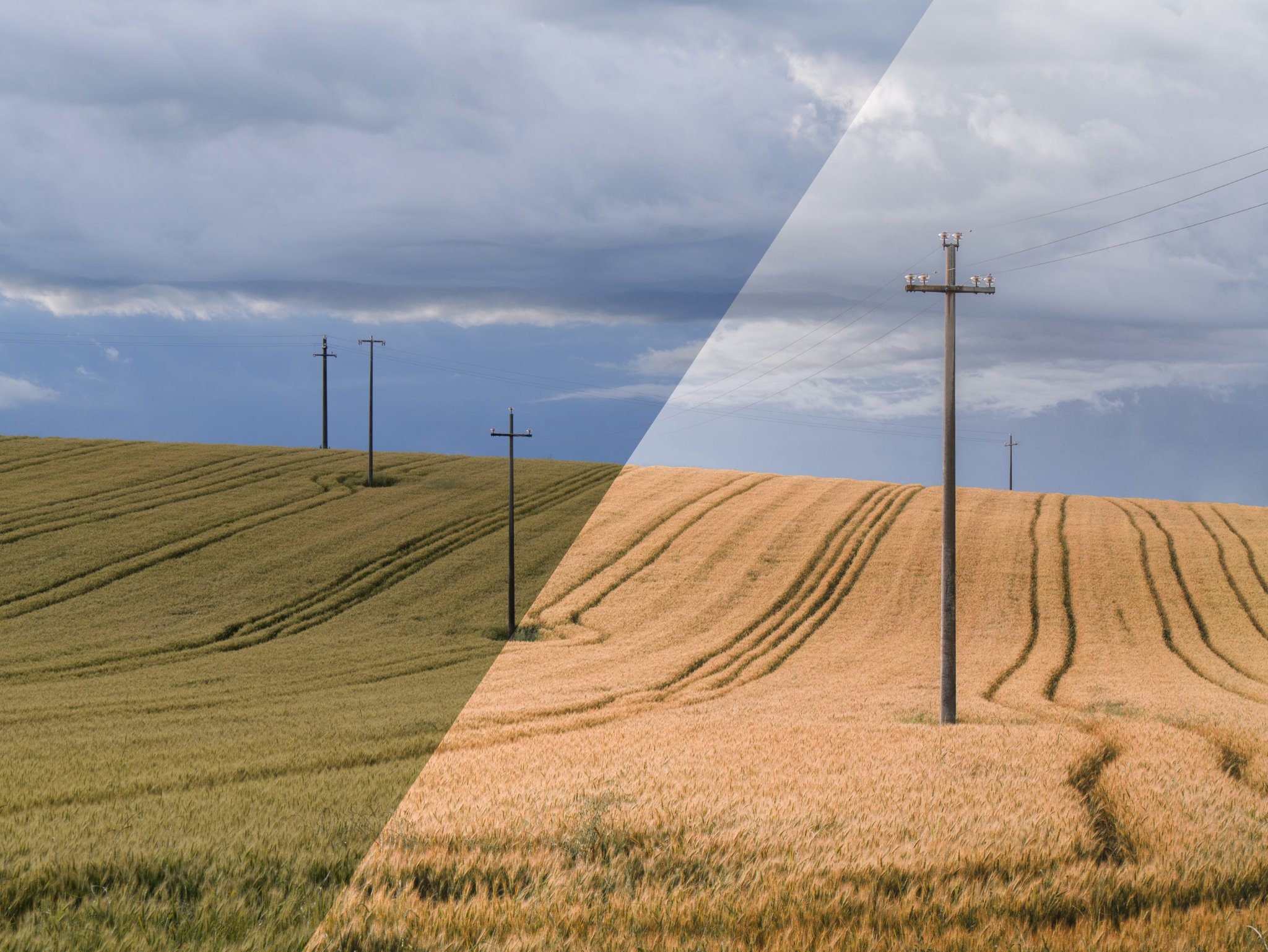I believe that, when capturing an image, we should already have an idea of the direction we want to go with editing and post-processing. Developing this ability is a fundamental part of having an eye for photography. I consider editing part of the process, so I capture each image with that step in mind.
That said, I enjoy editing but I don’t want to spend hours and hours on each image.
Also, I strongly believe that if an image looks terrible after two minutes of editing, it will still look terrible after ten or thirty. There are exceptions, of course, but this rule of thumb works.
For those reasons I created a number of presets that I use as starting points for my post-processing. These presets usually alter the look of the photograph I’m editing – sometimes quite evidently – so that I can quickly get close to the results I had in mind when I captured the photo. Then I tweak the edit and apply local changes to the image using masks.
When I like the preliminary editing results, I usually let the image sit for a day or two: it’s at this point that the best images ask for some more finishing touches. All the others are still edited to an extent, but they don’t suck up all my time and effort.
I apply this strategy to all kinds of shots – landscape and street – and it makes editing fun, which is the most important part for me.

